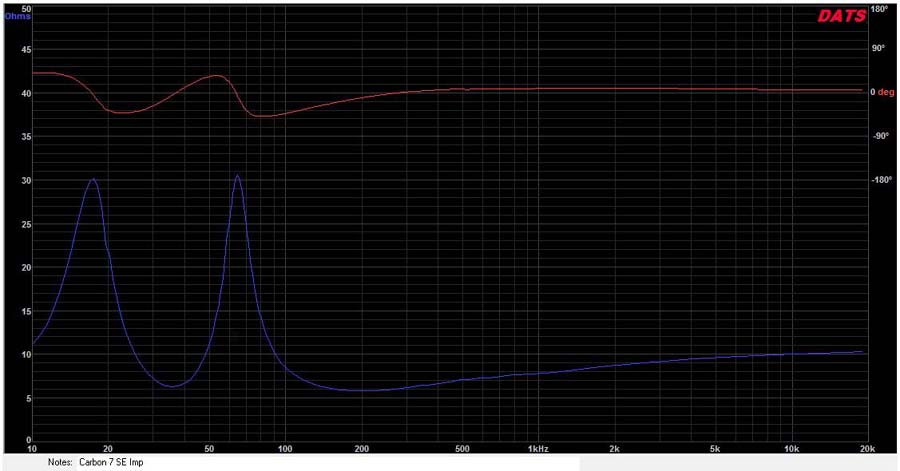+1Just curious about your testing protocol. Who controlled the switching? Were the tests single blind, double blind, or something else? How much discussion was there ahead of time telling the subjects what they should expect hear?
And where are the results of these tests published?
P.s. Amazing to find Klaus Heinz from HEDD audio participating in this thread. Thumbs up!
P.p.s. I find it quite easy to make a speaker relatively linear phase, but very difficult to come up with a proper testing protocol, due to switching clues.
soundonsound.com HEDD Type 07
Launched in August 2016, the Type 07 is one of two initial studio monitor products (its smaller sibling, the Type 05, is the other) from Berlin-based debutantes Heinz Electro-Dynamic Designs — HEDD for short. In actual fact, HEDD are not exactly newcomers to monitor design and manufacture, if only because their founder and chief executive, physicist Klaus Heinz, was the co-founder of and (until he left the company in 2014) head of R&D at Adam Audio, the Berlin-based manufacturers of studio monitors whose products have featured multiple times as winners of the monitor category of the annual SOS Awards...
P.p.s. I find it quite easy to make a speaker relatively linear phase, but very difficult to come up with a proper testing protocol, due to switching clues.
Fritz Impedance
I have optimized the picture.

[IMG, link] http://www.fritzspeakers.com/Images/speakers/Carbon7SEimpedancePhaseGraph900.jpg
Last edited:
Impedance has nothing to do with it. We're talking about acoustic phase not electrical.
Abolute phase can be audible for certain signal like this one. But it is not the phase that makes it audible.
Dropbox - 123 Hz sawtooth.wav - Simplify your life
Dropbox - 123 Hz sawtooth.wav - Simplify your life
Just now, Now Playing + What are you listening to?
Cannonball Adderley - Somethin' Else (1958), Vinyl, mono, Blue Note, US
:format(jpeg):mode_rgb():quality(90)/discogs-images/R-982633-1328206527.jpeg.jpg)
The original mono vinyl has a sound more addictive than SACD made by Kevin Gray and Steve Hoffman.
Cannonball Adderley - Somethin' Else (1958), Vinyl, mono, Blue Note, US
:format(jpeg):mode_rgb():quality(90)/discogs-images/R-982633-1328206527.jpeg.jpg)
The original mono vinyl has a sound more addictive than SACD made by Kevin Gray and Steve Hoffman.
I think that not enough attention is given to the last sentence Herr Klaus Heintz wrote.
There is a very good article about sound and measuring of amplifiers in AudioXpress magazine. Everything else being equal, test subjects noticed the difference of 0.1dB louder amplifier and described it as "more vivid" and "open sounding". So, what changes are minor in frequency domain depends on frequency where they happen, how narrow or broad they are and the capacity of listener to notice it. In great little video clip made by Herr Klaus Heintz two different frequency response measurements can be seen:
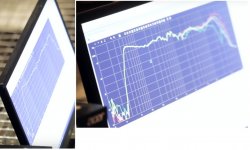
To my eye left measurement doesn't show artifacts that can be seen on the right one - namely 2dB peaking at 400Hz and slight peaking at 700Hz-1000Hz. Dips seems remain untreated, as they should in my opinion. Anyhow, if those are measurement of HEDD Type 20 studio monitor with and without lineariser, than perceived listening difference is not all about linear phase. I'm doing most of my critical listening these days on my modified Kef LS50 (quasi-anechoic measurements here) in near and midfield and i can say that differences seen in the picture above are well perceived even without the phase being linear. Since i made passive crossovers for my Kef's, phase definitely isn't linear. It isn't perceived as night and day difference but, when the right song is playing, it is there.
Problem with this is how are we supposed to know what percentage of perceived differences are due to linear phase and what are due to frequency response being a little more linear ? I know it is tempting to fix that few blips in frequency response - since you are throwing the DSP with FIR filters in the game it is obvious that you should. But the question remains to what extent the linear phase is responsible for it and where linear frequency response kicks in.
There is a very good article about sound and measuring of amplifiers in AudioXpress magazine. Everything else being equal, test subjects noticed the difference of 0.1dB louder amplifier and described it as "more vivid" and "open sounding". So, what changes are minor in frequency domain depends on frequency where they happen, how narrow or broad they are and the capacity of listener to notice it. In great little video clip made by Herr Klaus Heintz two different frequency response measurements can be seen:

To my eye left measurement doesn't show artifacts that can be seen on the right one - namely 2dB peaking at 400Hz and slight peaking at 700Hz-1000Hz. Dips seems remain untreated, as they should in my opinion. Anyhow, if those are measurement of HEDD Type 20 studio monitor with and without lineariser, than perceived listening difference is not all about linear phase. I'm doing most of my critical listening these days on my modified Kef LS50 (quasi-anechoic measurements here) in near and midfield and i can say that differences seen in the picture above are well perceived even without the phase being linear. Since i made passive crossovers for my Kef's, phase definitely isn't linear. It isn't perceived as night and day difference but, when the right song is playing, it is there.
Problem with this is how are we supposed to know what percentage of perceived differences are due to linear phase and what are due to frequency response being a little more linear ? I know it is tempting to fix that few blips in frequency response - since you are throwing the DSP with FIR filters in the game it is obvious that you should. But the question remains to what extent the linear phase is responsible for it and where linear frequency response kicks in.
Half of the information in the transfer function is in the phase response. Altering the phase response changes the signal envelope, along with the rest of its temporal structure. Envelope detection is fundamental to the operation of the cochlea.Now, please demonstrate how the human ear, the cochlea, is capable of phase detection. After that, you will have also to demonstrate that the brain's auditory area is equipped to sense phase.
Half of the information in the transfer function is in the phase response. Altering the phase response changes the signal envelope, along with the rest of its temporal structure. Envelope detection is fundamental to the operation of the cochlea.
Common sense dictates there’s audible differences, otherwise like someone already stated.....it wouldn’t matter!
But your explanation carries more weight.
There was a discussion on the Blowtorch thread recently about the perception of a sharp attack, the example was a plectrum plucked bass guitar. I proposed that if the attack was sharp enough to contain high frequency components then the sound of the attack would be changed for someone with high frequency hearing loss. Thoughts?Half of the information in the transfer function is in the phase response. Altering the phase response changes the signal envelope, along with the rest of its temporal structure. Envelope detection is fundamental to the operation of the cochlea.
Talking about phase, just now... David Bowie - Space Oddity (1969), Vinyl, Ryko 1990, Limited Edition, Canada
Now Playing + What are you listening to?
-> Direct metal mastering - Wikipedia
Now Playing + What are you listening to?
-> Direct metal mastering - Wikipedia
Overview
The advantages of DMM (hard surface material) over acetate lacquer cutting (soft surface material) are both sonic and practical: because of the rigidity of the master disc medium, no groove wall bounce-back effects take place after the cutting has been completed. This preserves the original modulation details in the groove walls much better, especially those involved with sudden fast attacks (transients).
The improved transient response, as well as the more linear phase response of DMM improve the overall stability and depth-of-field in the stereo image. In addition, disturbing adjacent groove print-through sounds (groove echoes) are reduced in DMM.
Also, there is no need to rush the finalized master disc directly into a refrigerator for groove preservation, as in conventional lacquer disc cutting, before processing the master disc to produce matrices for the pressing of the records...
Phase shifts in the 200 Hz to 1000 Hz range are audible, but differences are very subtle for any relevant amount. Above 2000 Hz or so, fixing phase is pointless. The small frequency response fixes are most likely driving the result. I went through this in college. My senior design project was to fix the frequency and phase response of the first DIY speaker I ever built. When I did this, I improved the sound. I replicated the project on my 2nd or 3rd DIY speaker, and couldn't discern a difference on program material. The difference was that my later project didn't have much of anything in the way of frequency magnitude distortion to correct.
Is this due to stereo comb filtering or is it also the case with a single (mono) speaker?Phase shifts in the 200 Hz to 1000 Hz range are audible, but differences are very subtle for any relevant amount. Above 2000 Hz or so, fixing phase is pointless.
HEDD Type-07 and IcePower 300AS1
I have investigated and...
HEDD Type-07, rear, amplifier
IcePower 300AS1
Graphs from:
TYPE 07 - HEDD Audio Type 07 - Audiofanzine
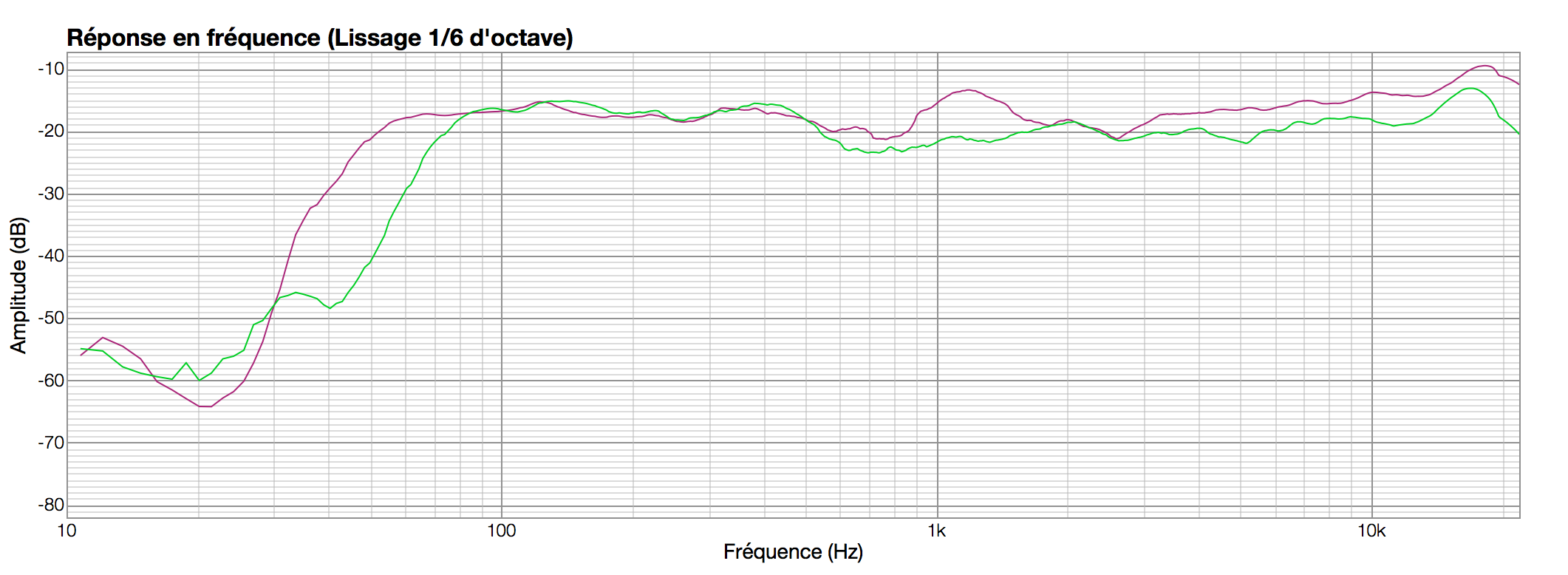
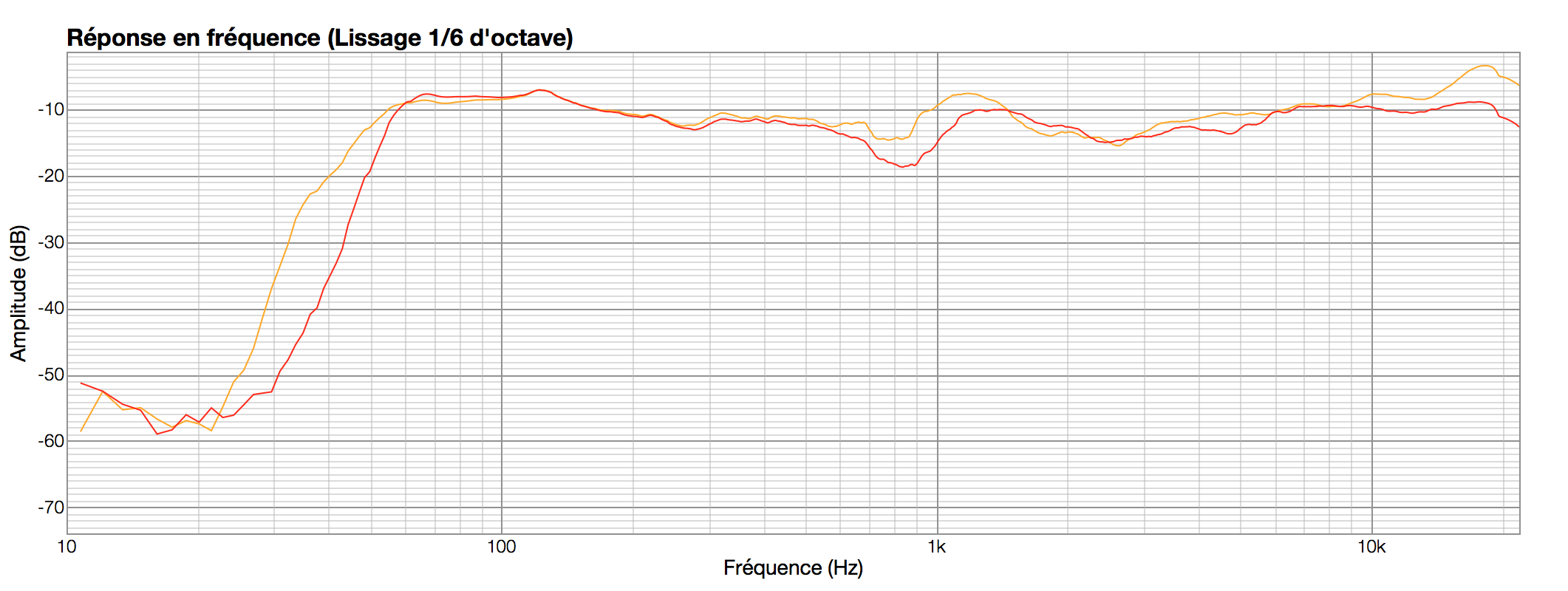
I have investigated and...
HEDD Type-07, rear, amplifier
An externally hosted image should be here but it was not working when we last tested it.
IcePower 300AS1
An externally hosted image should be here but it was not working when we last tested it.
Graphs from:
TYPE 07 - HEDD Audio Type 07 - Audiofanzine


HEDD Type-05
A lot of info and measurements:
[Italian] HEDD Type 05 Series ONE - Nearfield Studio Monitor
to English: Google Translate
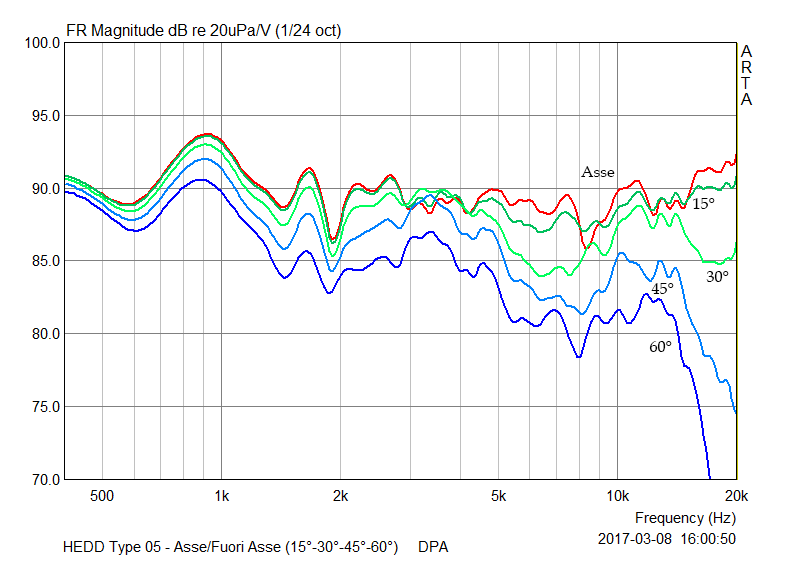
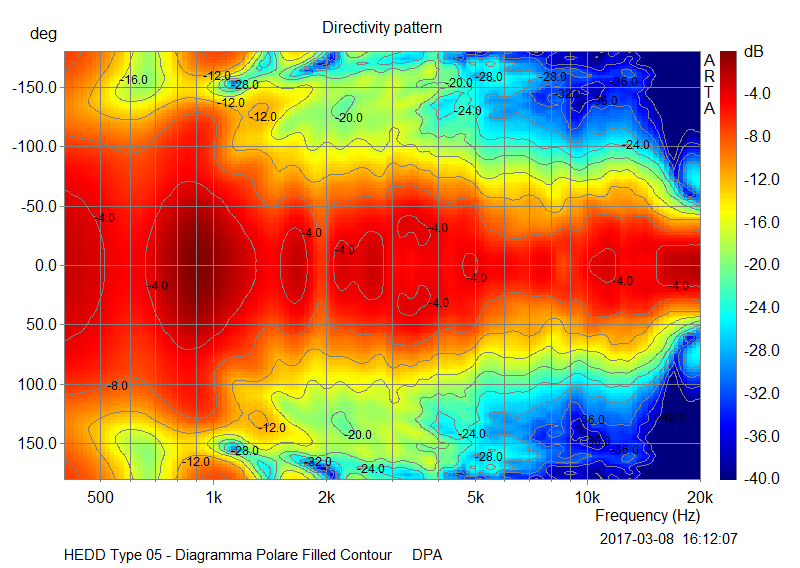
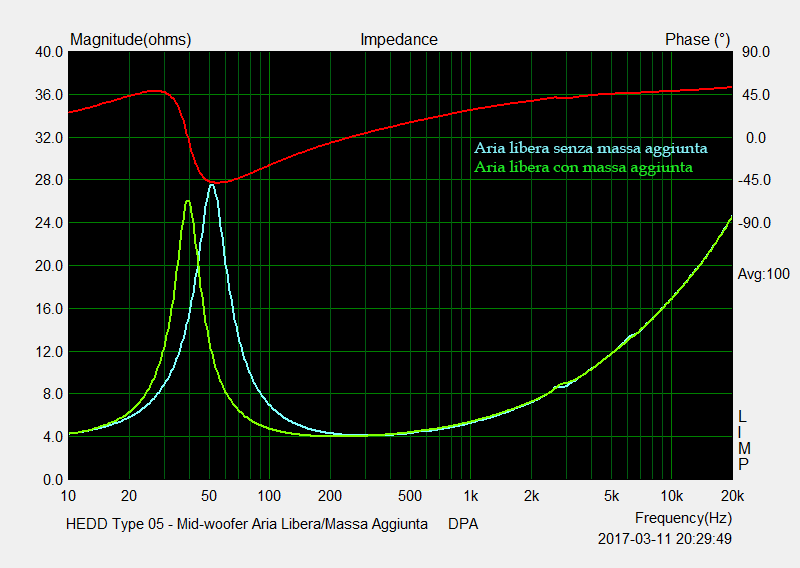
A lot of info and measurements:
[Italian] HEDD Type 05 Series ONE - Nearfield Studio Monitor
to English: Google Translate



- Status
- This old topic is closed. If you want to reopen this topic, contact a moderator using the "Report Post" button.
- Home
- Loudspeakers
- Multi-Way
- Yes, you can hear Phase differences !
